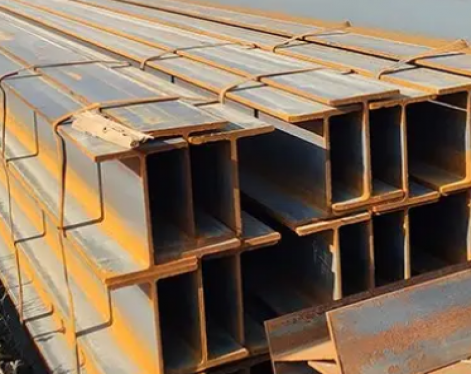In the field of mechanical engineering, the term 'pipe roughness' is of particular interest, especially when discussing the surface characteristics of various types of pipes such as ERW pipe, and casing pipe.It is one of the problems of interchangeability research. The surface roughness is generally formed by the processing method used and other factors, such as friction between the tool and the part surface during processing, plastic deformation of the surface layer metal when chips are separated, and high-frequency vibration in the process system. Due to the different processing methods and workpiece materials, the depth, density, shape and texture of the marks left on the processed surface are different. Surface roughness is closely related to the matching properties, wear resistance, fatigue strength, contact stiffness, vibration and noise of mechanical parts, and has an important impact on the service life and reliability of mechanical products.
Pipe absolute roughness
Pipe absolute roughness
| Surface material | Surface material ε mm |
| Aluminum, zinc | 0.001~0.002 |
| Copper, copper tube | 0.0015 |
| PVC plastic tube | 0.0015 |
| Glass fiber | 0.005 |
| Stainless steel | 0.015 |
| Commercial steel pipes | 0.045~0.09 |
| Tensile steel | 0.015 |
| Welded steel | 0.045 |
| Galvanized steel | 0.15 |
| Ordinary steel | 0.15~4 |
| Riveted steel | 0.9~9 |
| New cast iron | 0.25~0.8 |
| Wear cast iron | 0.8~1.5 |
| Corrosion cast iron | 1.5~2.5 |
| Asphalt cast iron | 0.012 |
| Galvanized iron | 0.015 |
| Cement smoothing | 0.3 |
| Ordinary concrete | 0.3~3 |
| Planed wood | 0.18~0.9 |
| Ordinary wood | 5 |









